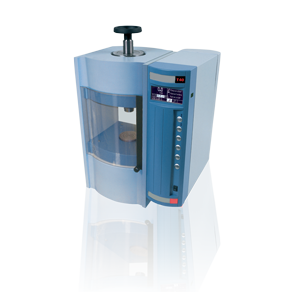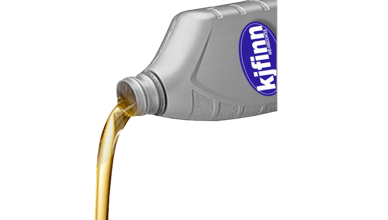To carry fluid one place to another place with a flexible hollow tube is called a hose. Sometime hose is also called a pipe and more generally tubing. Circular cross-section or cylindrical hose usually cylindrical. A combination of both performance and application design is made for a hose. Size, pressure rating, weight, length, straight hose or coil hose, and chemical compatibility are the common factors in the hose. Nylon, polyurethane, polyethylene, PVC, or synthetic or natural rubber are the most used applications it requires environment band pressure rating need needs. In the special grade of polythene are used to manufacture the hose with stainless steel and other materials. Many places to repair the hose and to we can make flexible to hose repair in New Zealand . The hose can be reinforced with fibers or steel cord to achieve better pressure resistance. Braiding, spiraling, knitting, and wrapping of fabric plies are the most commonly used reinforcement.
Hydraulic pump

Trough the components in the system, supplied fluid by the Hydraulic pump. The system developed pressure in the reaction in the load. To maintain a capable of flow against a load by 5,000 and pump rate for 5000. Then the electric motor pump is greater than in a density power by a volume. The flexible elastomeric Coupling to reduce vibration in an electric motor or engine and connected in a gearbox, bells are powered. For the hydraulic machinery, there is a common type of hydraulic pump application that is cheap durable mainly in g – rotor form with simple, less efficient, and they are constant displacement and it pressure mainly suitable for below 20MPa (3000psl). Good for higher flow and low-pressure output in cheap and simple for vane pump. For the variable displacement mechanism which many designs, to differentiate output flow for automatically control pressure. Axial piston pump design, consist of swashplate and various period referred to as a valve plate pump and check with the wobble plate plump. Swashplate was most common in the pump. Greate displacement angle causes a huge flow rate, lower pressures, and vice versa allowing output flow rate by the swashplate affect the piston to reciprocate a lesser or greater distance in ratio with variable angle. In small flow, it use normally high pressure in a Radial piston pump. Gear and vane pump than that piston pumps are more expensive, it provides a portable life for operating at high pressure.
Control valves
To describe the actuator, the fluid route the directional control. Steel iron or cast iron which consists usually inside the spoon. To maintain with the spring to be center by the spool through this position fluid supply is blocked. To provide a return path to the tank sliding the pool at the onside of hydraulic fluid to an actuator to the tank. Return paths are switched when the spool is shifted in the opposite direction. Later it allows the neutral position and then locking it in position due to actuator fluid path is blocked. Stackable with one valve is usually designed to control the direction for each hydraulic cinder and supplying fluid input all valves in the stack. Through the Hydraulic pilot pressure, mechanical to be actuated the spool position push it left or right.

